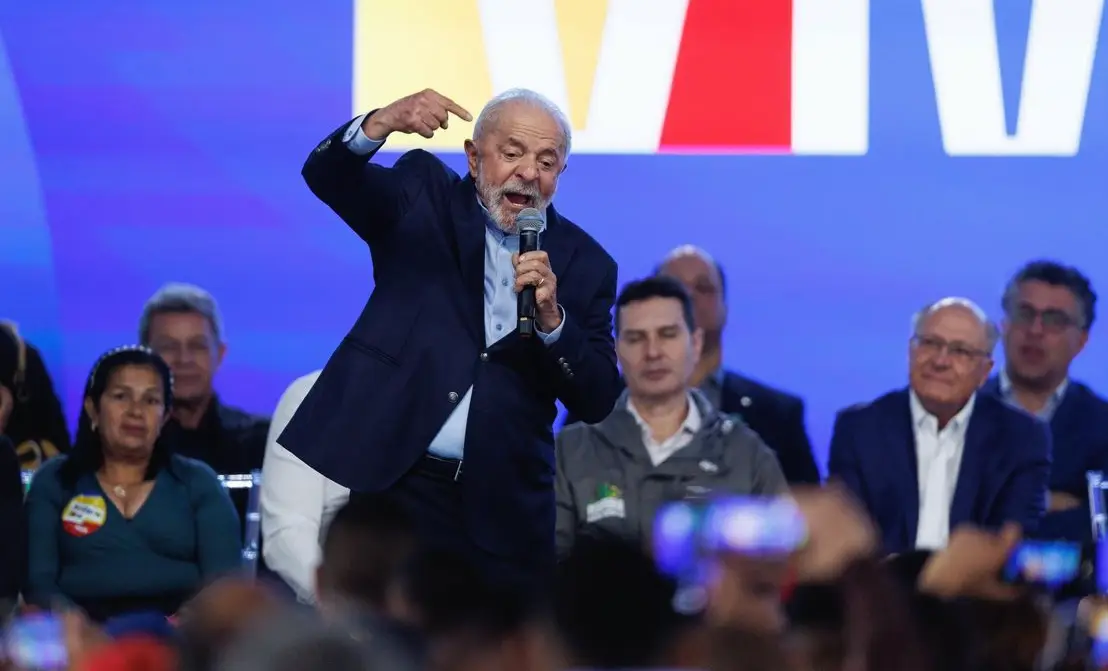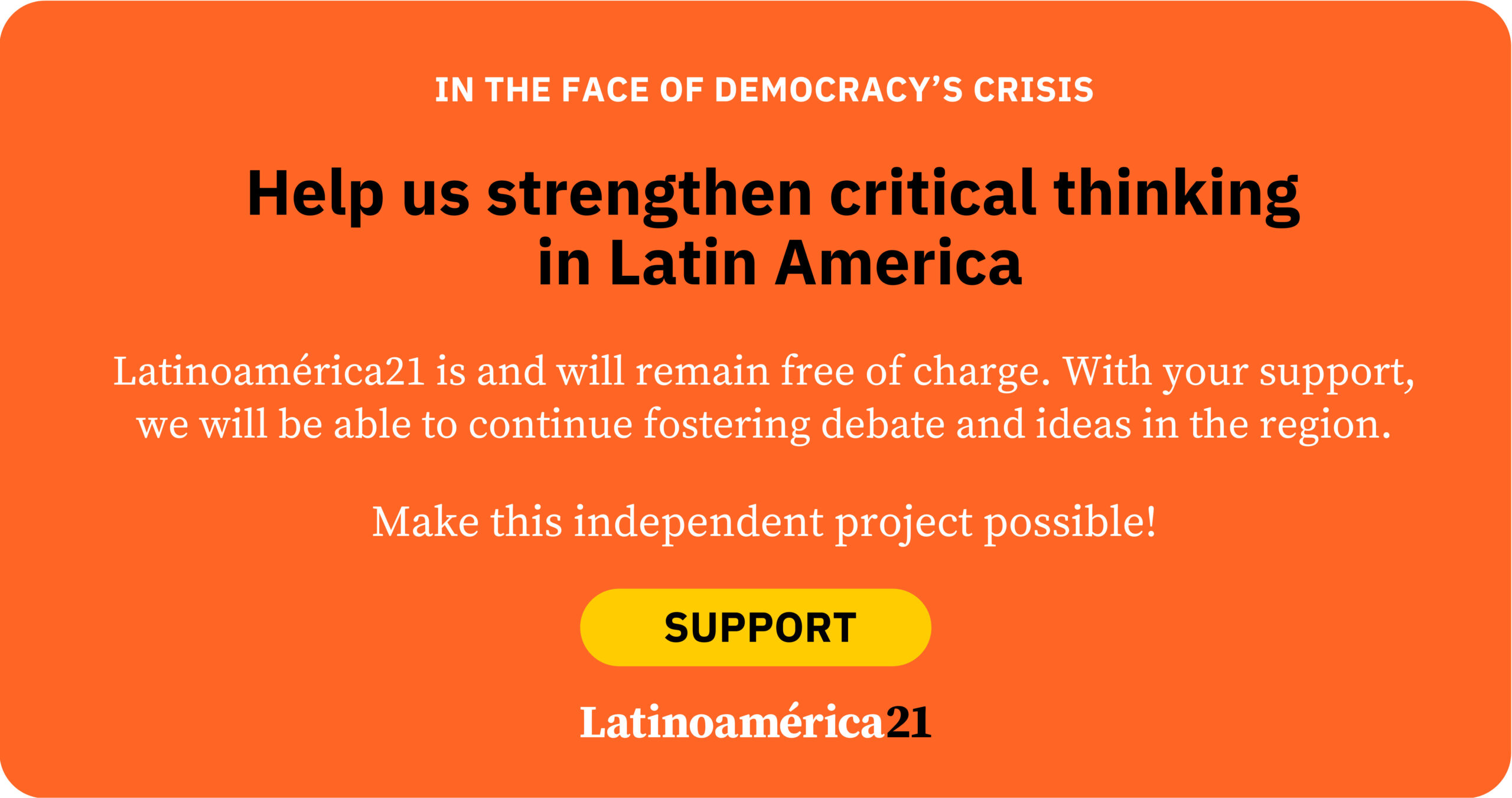With political winds blowing toward conservative positions in Latin America and presidential elections scheduled for next year, Brazil could be the region’s next country in the hands of the right. To prevent this, the main candidate is the current president, Luiz Inácio Lula da Silva. Lula, who took office for his third term in 2023, aspires to consolidate a Rooseveltian trajectory, extending his political presence and achieving a fourth democratic term.
However, the outlook is far from straightforward. Although the economic results have been positive in his third term, the president’s popularity did not initially reflect this boom. GDP grew, inflation remained under control, and new jobs were created, but until mid-2025 the absolute majority of Brazilians disapproved of his government.
This paradox between macroeconomic performance and low popularity fueled the idea that Lula could face a “Biden scenario,” in reference to the experience of the former U.S. president. During Biden’s tenure, macroeconomic figures were solid: the economy grew by 3.2% in 2023 and 2.7% in 2024, with notable improvements in labor productivity. Inflation, which had surged in 2022 due to the energy crisis triggered by the war in Ukraine, was brought under control without severe recessionary policies. Unemployment remained historically low, below 4% until 2024, and rose only slightly to 4.1% that year.
However, Democrats failed to translate this encouraging picture into electoral success. In the 2024 elections, Kamala Harris, then vice president and presidential candidate, did not capitalize on the strong indicators and was defeated by Donald Trump. The lesson was clear: macroeconomic achievements alone do not guarantee political support if they are not perceived as tangible improvements in the daily lives of the majority.
Until mid-2025, Brazil seemed headed toward a similar outcome. GDP grew by 3.4% in 2024, and in the first quarter of 2025, the country was the world’s fifth fastest-growing economy. Inflation, though slightly above the Central Bank’s target, remained under control. Employment data was even more remarkable: the unemployment rate dropped to 6.6% in 2024, the lowest level since 2012, with rising average incomes and an expansion of formal employment, a significant achievement in a country with high labor informality.
Nevertheless, in April and May 2025, different polling institutes recorded that the absolute majority of Brazilians disapproved of Lula’s administration. This disconnection between macroeconomic performance and social perception fueled the “Biden scenario” hypothesis: a president with good numbers but unable to turn them into sustained popularity.
But the international context shifted the political board. The recent diplomatic clashes between Brazil and the United States appear to have strengthened the president’s standing, as he projected himself as a defender of national sovereignty against external pressure from President Donald Trump —backed by the Bolsonaro family. This dynamic, in which an external enemy mobilizes internal support, is what some analysts describe as the “Moby Dick effect.”
Thus, Lula’s electoral future in 2026 may be defined by the interaction of two opposing forces: the difficulty of transforming economic achievements into sustained political support —the “Biden scenario”— and the possibility of capitalizing on confrontation with Washington to rally support around his leadership —the “Moby Dick effect.”
Changing course
The outlook began to shift in July 2025, when certain external factors emerged strongly. That month, Donald Trump’s administration threatened Brazil with imposing 50% tariffs on its exports, arguing that Brazilian courts were carrying out political persecution against Jair Bolsonaro. With the active support of Eduardo Bolsonaro —congressman and son of the former president— in Washington, the threat materialized on August 6.
Paradoxically, the U.S. measure ended up strengthening Lula. The president presented himself as the defender of Brazilian sovereignty against what he called unacceptable interference in internal affairs. This strategy had an immediate effect: recent polls revealed that, although just over half of the population still disapproves of his administration, approval ratings rose five points compared to April, reaching 46%.
A survey by the consulting firm Quaest also showed that 48% of Brazilians support Lula and the Workers’ Party’s actions in the conflict with Washington, compared to 28% who side with Bolsonaro and his allies. Another 15% said they did not align with either camp. These data suggest that, at least in part, the confrontation with the United States generated a rally-around-the-flag effect for the president.
The phenomenon recalls the “rally around the flag,” in which an external threat mobilizes domestic support for the country’s leader. Hence the metaphor of the “Moby Dick effect”: just as in Herman Melville’s novel the crew of the Pequod united under Captain Ahab’s command to confront the whale, part of the Brazilian electorate seems to have rallied behind Lula in the face of U.S. pressure, perceived as a flagrant violation of international law and unprecedented breach of traditional diplomatic practices.
The Canadian parallel and the possibility of reelection in 2026
The impact of tensions with Trump is not unique to Brazil. In Canada, a similar phenomenon reshaped the political landscape in 2025. After a decade in power, Justin Trudeau faced deep wear and tear, with popularity levels in free fall. The Liberals were preparing for an uphill election in 2026, against an increasingly strengthened Conservative Party.
Trudeau’s resignation and the rise of Mark Carney to Liberal leadership changed the board. When Trump threatened Canada with tariffs and even suggested the country could become the “51st state” of the United States, Carney, calling early elections, capitalized on nationalism and the defense of sovereignty. The result was historic: the Liberals won their first clear victory in more than a decade, with the highest percentage of votes obtained by a party since 1984.
Lula, a shrewd political strategist, seems to have grasped this dynamic. It is no coincidence that he announced that the central theme of the Independence Day parade on September 7 would be “national sovereignty.”
The outcome of the 2026 elections, therefore, will depend on which of the two forces prevails. If the perception of disconnect between the economy and daily life predominates, Lula could struggle to renew his mandate. But if he succeeds in projecting himself as the defender of Brazilian sovereignty against external pressures, his chances of securing a fourth term will increase considerably.
*Machine translation, proofread by Ricardo Aceves.













